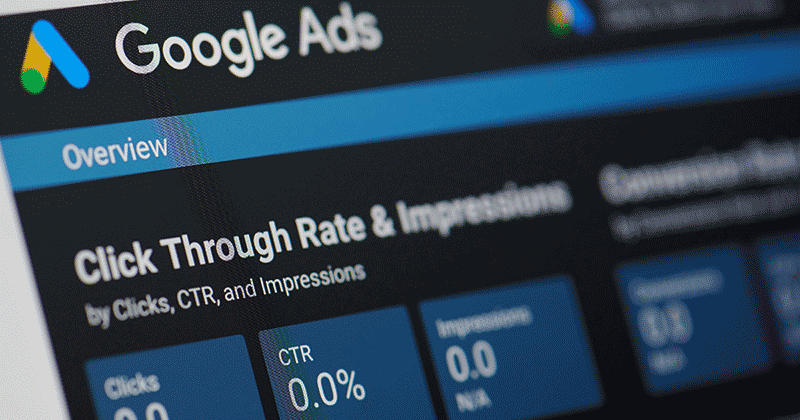Google Takes Step toward Transparency
Starting today, AdWords advertisers can see for themselves how many invalid clicks Google has preemptively caught and not charged them for, as well as their percentage of overall clicks caught. What’s that? Google’s taking its first steps toward transparency? Oh, happy day.
From the Inside AdWords blog:
“These clicks are filtered in real-time by our systems before advertisers are charged for them. The resulting data will of course differ from one advertiser to the next. In addition, a much smaller number of invalid clicks may also be credited to advertisers’ accounts after-the-fact, as the result of a publisher being terminated from the AdSense program for invalid click activity. These will appear as account-level credits.”
This is a great step for Google and will keep advertisers more informed about what’s going on with their account and what Google is doing about it. This is the first time advertisers will have any kind of insight into Google’s highly secretive PPC engine.
The new reporting options will give advertisers a clearer idea of how rampant click fraud really is for their industry, as well as how Google defines an “invalid click”.
However, until advertisers can confirm that Google is catching the same amount of clicks they are, we recommend advertisers remain vigilant about monitoring their own accounts. This is especially true for advertisers who see Google catching high levels of invalid clicks, though I suppose advertisers who see a very low amount of caught clicks will want to make sure Google’s not missing anything as well.
It will be very interesting to see how many clicks Google’s system identifies as being invalid and could go a long way to soothe advertisers’ fears. Hopefully the other PPC engines will get on the transparency bandwagon and start offering something similar to advertisers. They better, otherwise this is going to give AdWords a huge boost with advertisers.
Though Google says the system works in “real-time”, advertisers will be able to view catches by day, week, quarter and per year, not minute-by-minute.
Google says they will have to limit the data it provides to prevent those participating in click fraud from reverse engineering the system. Understandable. Revealing too much information may give fraudsters a leg up in determining just how much they can get away with and how to best slip through the cracks at Google. We’ll take what we can get. For now.
Good job, guys. We like this a lot.
26,000+ professionals, marketers and SEOs read the Bruce Clay Blog
Subscribe now for free to get:
- Expert SEO insights from the "Father of SEO."
- Proven SEO strategies to optimize website performance.
- SEO advice to earn more website traffic, higher search ranking and increased revenue.

Comments are closed









